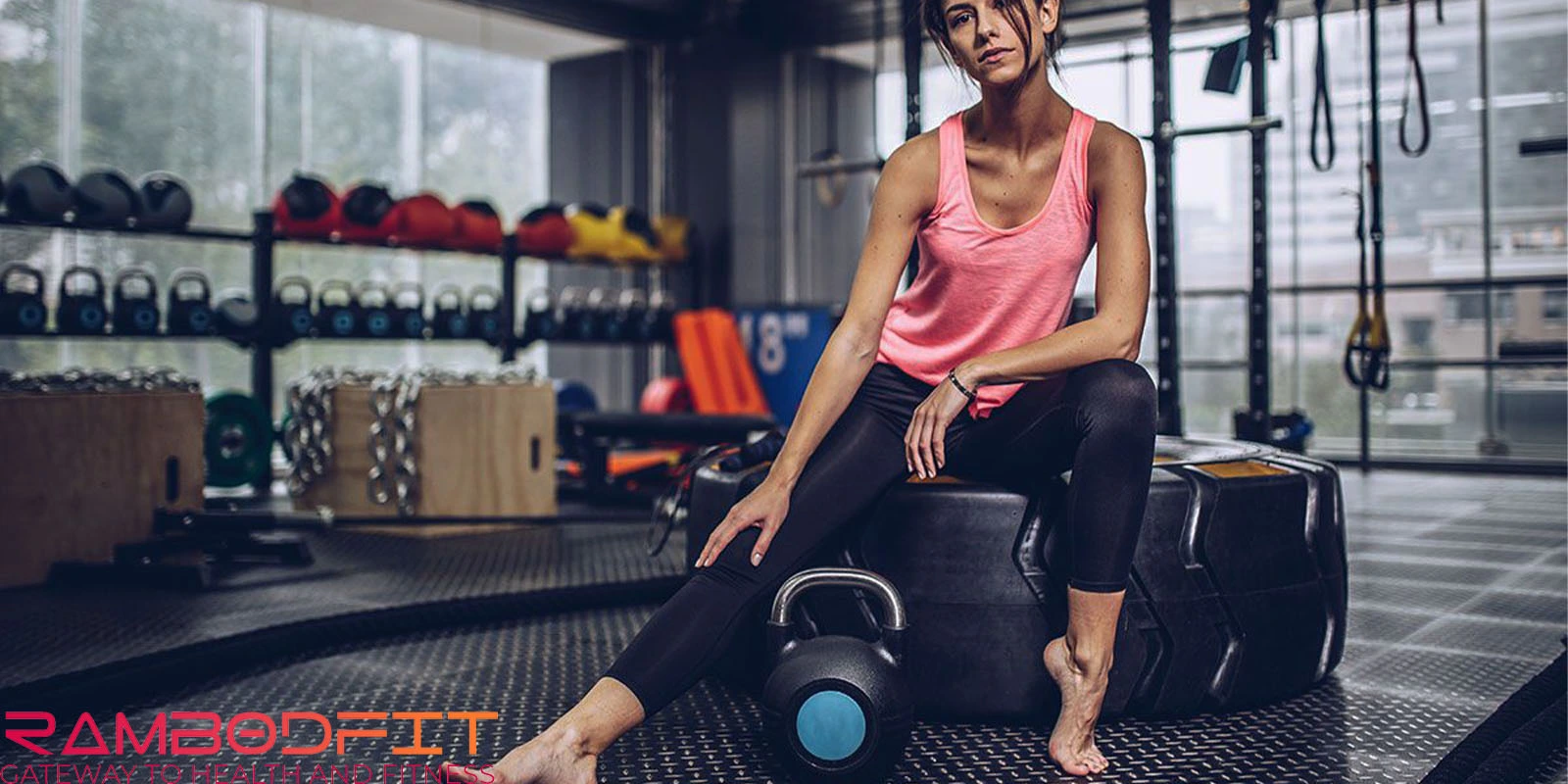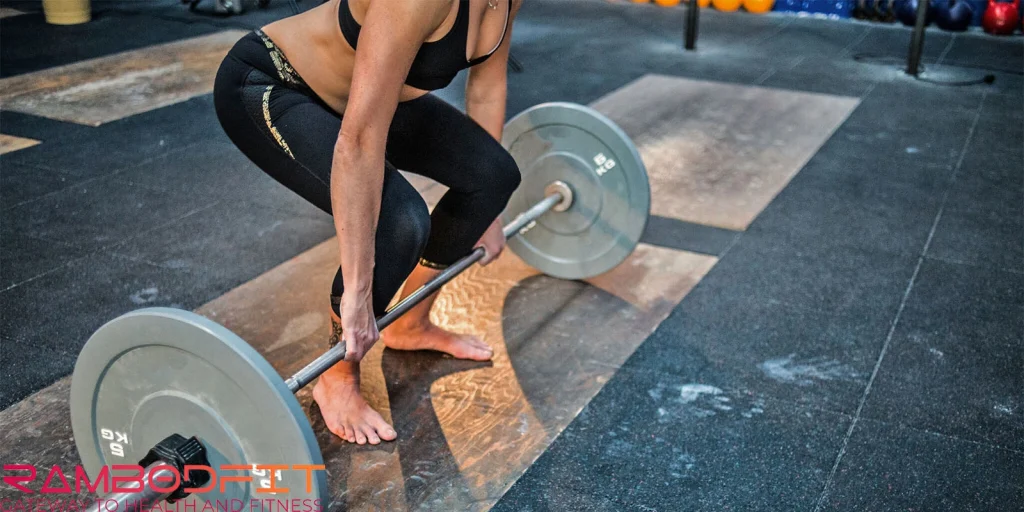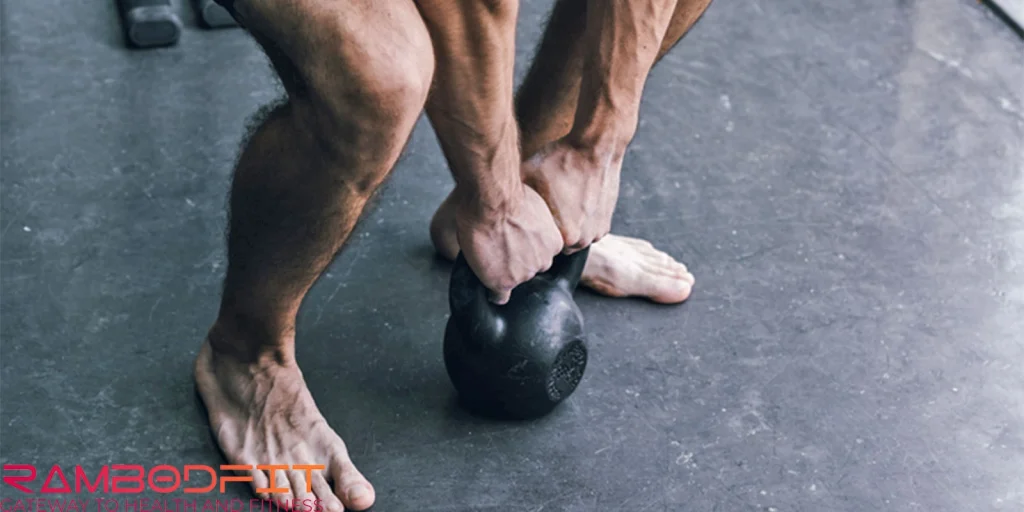


Nowadays we can see so many athletes in gyms, doing weight lifting barefoot or with shoes and it makes us wonder why they are doing so. On RambodFit we will dive into scientific research and find out why weightlifting barefoot or with shoes is different.
When it comes to weight lifting, the choice between lifting barefoot or wearing shoes is more than a matter of personal comfort, it’s a decision that can significantly impact your performance, safety, and overall biomechanics.
Understanding the scientific principles behind each option can help you make an informed choice tailored to your training goals and physical needs.

Weight lifting barefoot or with shoes can be different if you know the right strategy to do so.
The more you are aware of anatomy and biomechanics of the body, the better you can decide how to do weight lifting barefoot or with shoes.
Let’s analyze both and see the scientifically proven reasons for doing so.
Footwear serves as the foundation for your body during weightlifting exercises. The type of shoe can influence factors such as stability, force production, and joint alignment. Traditional weightlifting shoes are designed with specific features aimed at enhancing performance.
• Elevated Heel:
Most weightlifting shoes have an elevated heel, typically ranging from 0.5 to 1 inch. This design increases ankle range of motion, allowing for a deeper squat position and a more upright torso.
• Rigid Sole:
A stiff sole provides a stable base, facilitating efficient force transfer from the body to the ground.
• Strap System:
Additional straps offer a secure fit, minimizing foot movement within the shoe.
These features are particularly beneficial for Olympic lifts, such as the snatch and clean and jerk, where ankle mobility and stability are crucial.
The elevated heel in weightlifting shoes reduces the need for excessive ankle dorsiflexion, allowing lifters to maintain a more upright posture during squats and other movements. This alignment can lead to:
• Enhanced Quadriceps Activation: An upright torso shifts the load distribution, increasing engagement of the quadriceps muscles.
• Reduced Forward Lean: Maintaining a vertical shin angle decreases the tendency to lean forward, reducing stress on the lower back.
A study published in Footwear Science examined the effects of different footwear on squat mechanics. The researchers found that wearing weightlifting shoes with an elevated heel allowed for greater knee flexion and reduced forward trunk lean compared to barefoot lifting, suggesting improved squat mechanics and potential performance benefits.

Lifting barefoot or in minimalist shoes offers a contrasting set of advantages:
• Enhanced Proprioception: Direct contact with the ground improves sensory feedback, aiding in balance and coordination.
• Natural Foot Mechanics: Allowing the foot to move freely can strengthen intrinsic foot muscles and promote natural arch function.
• Improved Balance: The absence of an elevated heel encourages a more natural alignment, potentially enhancing balance during lifts.
Research indicates that training in minimalist footwear can increase foot muscle strength. A study in Scientific Reports found that participants who engaged in daily activities wearing minimalist shoes experienced a 57.4% increase in foot strength after six months.
The debate between barefoot and shod lifting has led to various studies comparing their effects on performance and biomechanics. One study published in the Journal of Sports Science & Medicine assessed the differences between conventional and sumo deadlifts performed barefoot and with shoes. The findings suggested that while footwear did not significantly affect peak force or power output, barefoot lifting was associated with a greater range of motion and increased muscle activation in certain lower limb muscles.
Safety Considerations
While barefoot lifting offers benefits, it’s essential to approach it with caution:
• Injury Risk: Without the protection of shoes, feet are more vulnerable to injuries from dropped weights or accidental impacts.
• Hygiene: Public gyms may have hygiene policies prohibiting barefoot training due to cleanliness concerns.
• Gradual Transition: For those accustomed to wearing supportive footwear, transitioning to barefoot lifting should be gradual to allow adaptation and prevent overuse injuries.

Choosing between barefoot lifting and wearing weightlifting shoes depends on individual goals, anatomical considerations, and the specific demands of the exercises performed. Here are some guidelines:
• For Squats and Olympic Lifts: If you struggle with ankle mobility or aim to achieve deeper squat positions, weightlifting shoes with an elevated heel may be advantageous.
• For Deadlifts and Ground-Based Movements: Barefoot lifting can enhance ground contact and stability, potentially improving performance in exercises like deadlifts.
• Foot Strengthening: Incorporate foot and ankle strengthening exercises into your routine, regardless of footwear choice, to improve overall stability and performance.
• Consultation: Seek advice from a qualified coach or physical therapist to determine the most suitable approach based on your biomechanics and training objectives.
In conclusion, weight lifting barefoot or with shoes offers different advantages. Understanding the biomechanics and scientific evidence behind each option can help you make a wise decision that is related to your training goal and can help you perform the movement in the best condition.
Don’t forget to consider safety for doing barefoot squats or any movements and don’t just copy other elite athletes without knowing the how and whys for doing so,
Weight lifting barefoot or with shoes is one of the many questions that now you know the answer and for more practical information about the science of exercise and nutrition you can check the contents below:
It depends on your goal and your exercise. For example If you do squares with an elevated heel, it can improve the depth of your squat and lead to better posture, however doing squats barefoot enhances your balance, foot strength, and stability.
It can reduce the range of motion by keeping the lifter close to the ground which can reduce energy loss and improve leverage.
But you should consider that It can be dangerous as well and you must consider safety while doing such things.